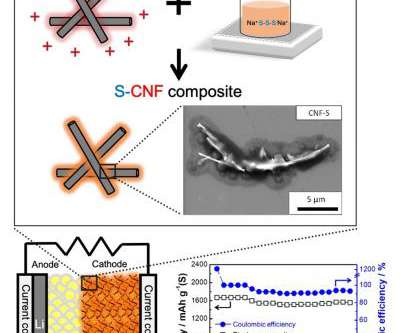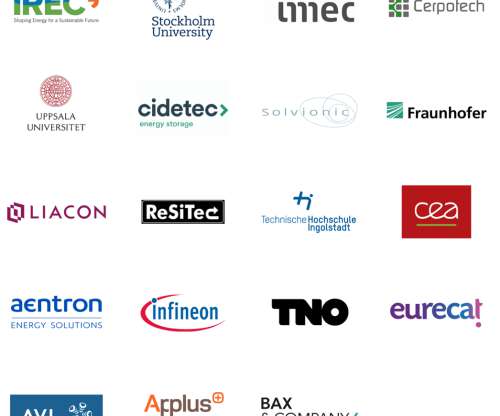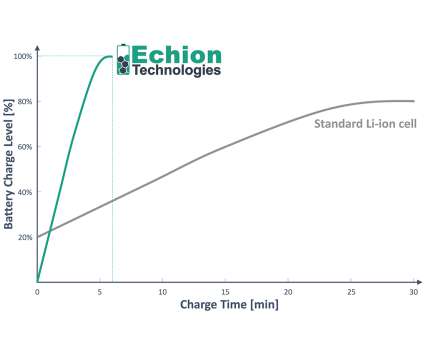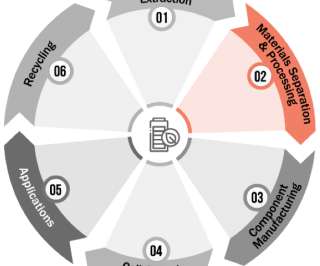Sulfur-carbon nanofiber composite for solid-state Li-sulfur batteries
Green Car Congress
APRIL 13, 2020
Researchers at Toyohashi University of Technology in Japan have developed an active sulfur material and carbon nanofiber (S-CNF) composite material for all-solid-state Li-sulfur batteries using a low-cost and straightforward liquid phase process. Copyright Toyohashi University Of Technology.


































Let's personalize your content